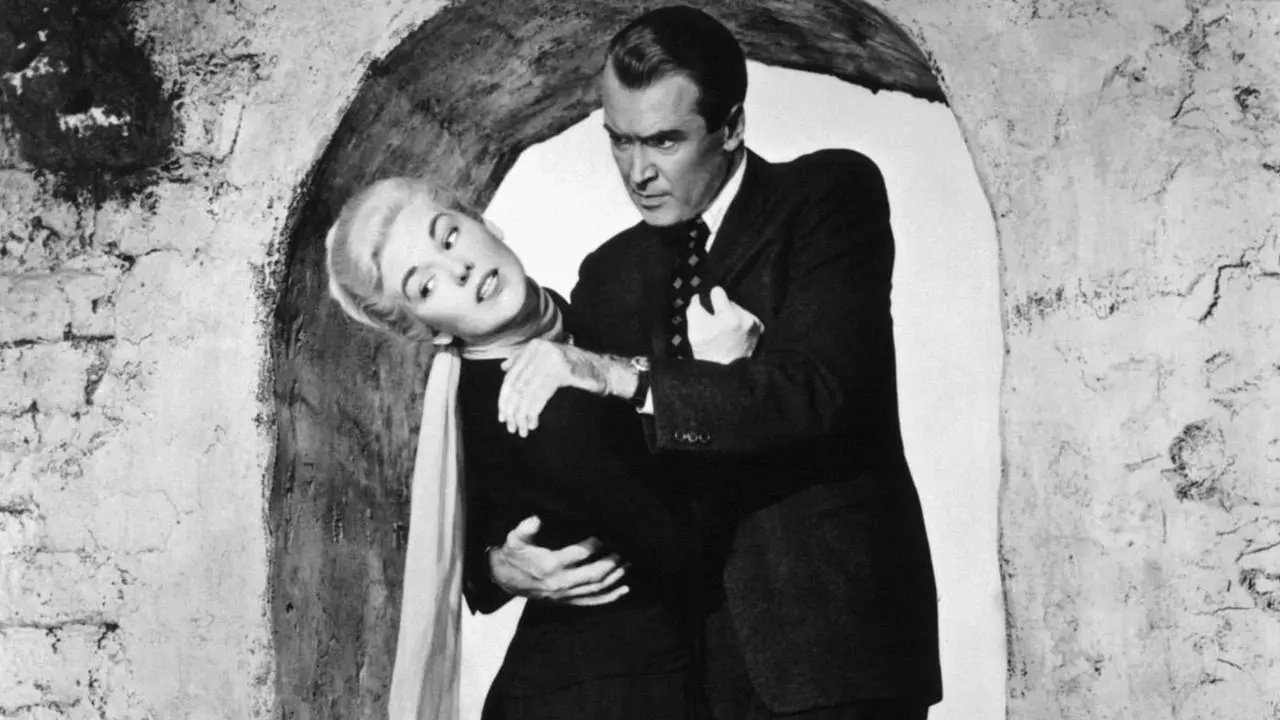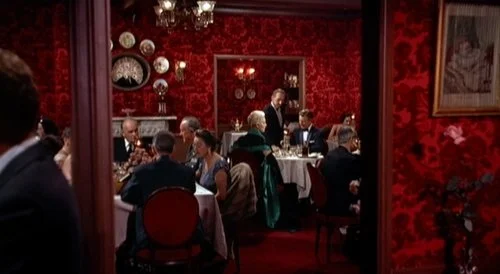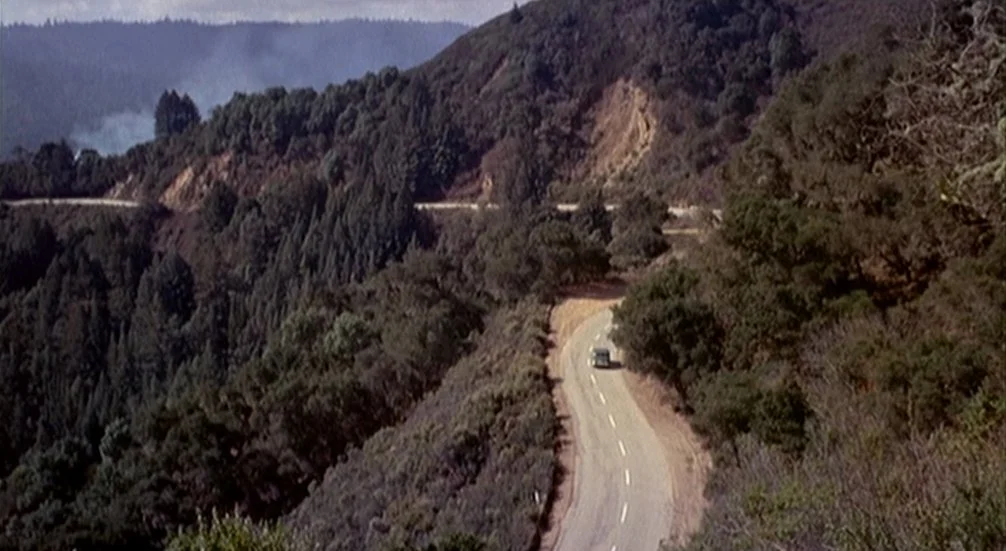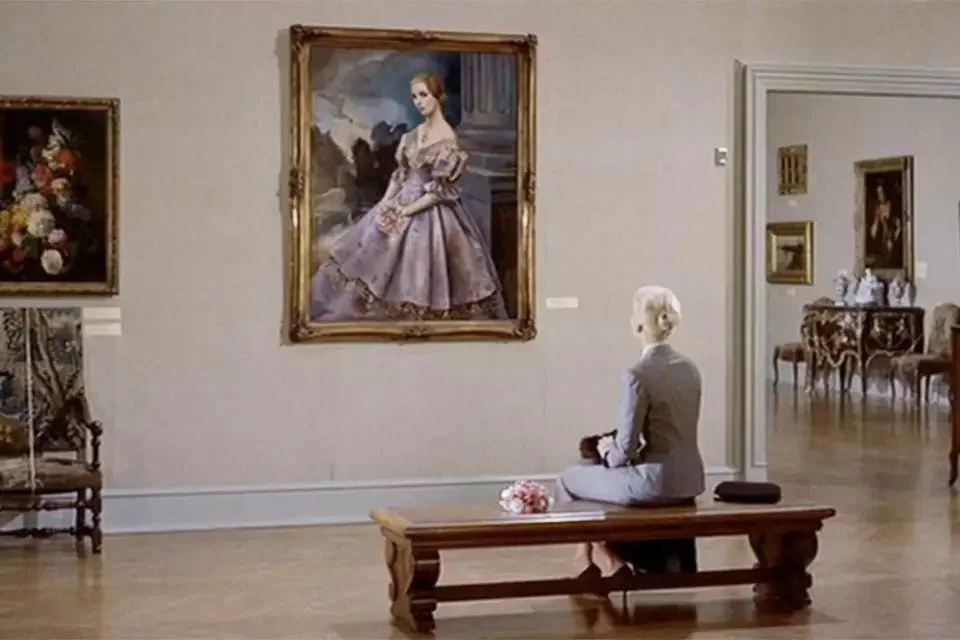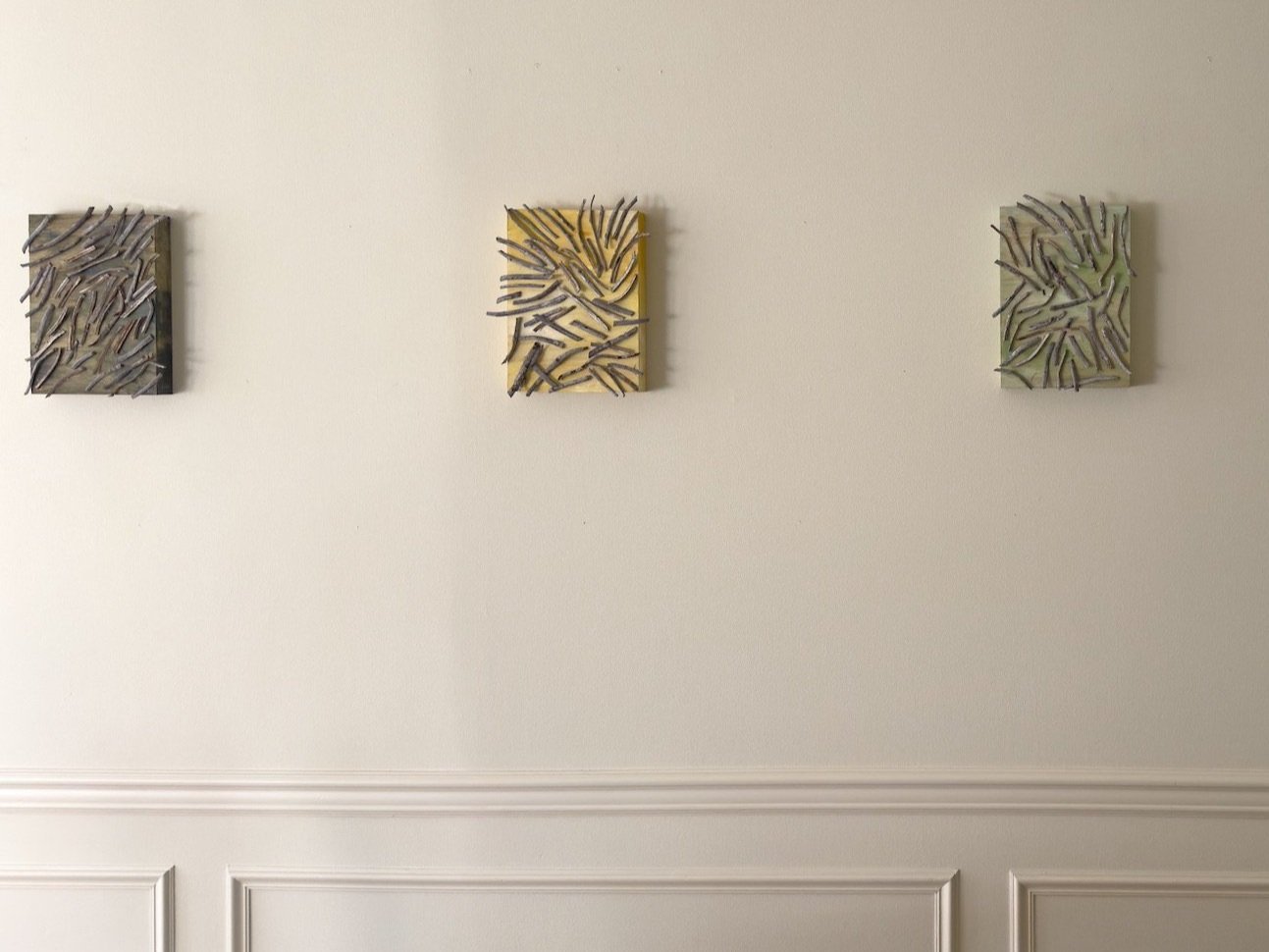Vertigo, The Legion of Honor & Lavinia Fontana
RECENTLY, I WATCHED ALFRED HITCHCOCK’S CLASSIC, ‘VERTIGO’, FOR THE FIRST TIME. FOR ANYONE HAVING VISITED OR LIVED IN SAN FRANCISCO, IT IS A NOSTALGIC VIEW OF A CITY WHERE EVERYTHING AND NOTHING SEEMS TO HAVE CHANGED.
Jimmy Stewart and Kim Novak in Alfred Hitchcock’s classic ‘Vertigo’ (1958)
We lived in San Francisco for four years; our first daughter was born there. We like old movies, and somehow I had not known that ‘Vertigo’ was filmed in San Francisco when we started watching it recently.
What’s more, is that this film was essentially unseen for twenty years following its release—and then it was hailed as a masterpiece that has maintained a place in the British Film Institute’s critic’s and director’s poll of the Greatest Films of All Time for decades (an excellent resource if you’re looking for great movies to watch).
A former detective with a fear of heights is hired to follow a woman apparently possessed by the past, in Alfred Hitchcock’s timeless thriller about obsession.
“Filtering Pygmalion myths of idealisation and exploitation through Proustian memory games – with Bernard Herrmann’s score adding top notes of Wagnerian tragedy – it’s hardly a film that promises hope or amelioration, more a darkly, bottomlessly reflexive portrait of private vices and compulsions; a vortex of perspective-stretching, misdirection and disorientation; a whirlpool of obscure, consuming desire. It seems many of us are still plunging in.”
-Nick Bradshaw, UK journalist and film critic
Vertigo is one of the most examined, deconstructed and written about films in the history of the medium—one of the most famous special effects in film history was invented for the film: the cinematic feeling of falling—”the Vertigo” effect—a trick of the lens that involves adjusting the zoom while dollying toward or away from the subject. Learn more fun facts about the movie here.
Personally, I delighted in seeing familiar and new-to-me locations around the city and surrounding landscape in the film. So much looked the same—I suppose thanks to the city’s robust preservation arm.
After watching, I was inspired to return to the Legion of Honor to take in the permanent collection again. There was no portrait of Carlotta Valdez (an imagined person) in Gallery Six, but, I did discover in the same marbled hall a new ghost: an astounding portrait of Bianca degli Utili Maselli by Lavinia Fontana, the preeminent 16th century painter from Bologna, who was one of the earliest known women to successfully practice painting as a profession after marriage, and whose work was highly coveted and celebrated in her lifetime.
“CARLOTTA VALDEZ” in the film Vertigo, painted by John Ferren
The newest acquisition of the Legion of Honor in celebration of it’s centennial, this rare and significant portrait has not been seen by the public for 400 years and is the first family portrait by the artist to enter a US collection!
And is it ever a portrait! The subject, Bianca degli Utili Maselli, is shown in sumptuous splendor, flanked by her six children. Her surroundings, steady gaze and porcelain skin conjure ideals of beauty, fecundity, and privilege, and while she did have this and more, I also learned from the gallery label that she bore 19 children in her short life, ultimately dying in childbirth at the age of 37 in September of 1605, shortly after the completion of this portrait. The label states that the five boys and one daughter (inscribed with Verginia above her head) were likely the six children still living by 1604. Which means she experienced the loss of 12 birthed children.
My friend and I had a poignant conversation about the universals of life and loss, and the importance of processing grief as we walked away from this sumptuous portrait, and I can’t help but feel gratitude toward the curator who elected to include this astonishing personal information about the sitter of this very important portrait.
. . . . . . . .
THE EYE OF LAVINIA FONTANA
The earliest feminine gaze in The Artist’s Eye collection, I paid homage to Lavinia Fontana’s trailblazing career as one of the first women artists whose right to pursue a professional career as a painter was written into her marriage contract. The expectations of her success were such that she married without a dowry. Her husband, Gian Paolo Zappi—also a painter—was not only willing to subordinate his career to her own, but became her agent and the keeper of her personal and professional affairs.
The eye of Lavinia Fontana was inspired by Self Portrait at the Virginal with a Servant, 1577, in the collection of Accademia di San Luca, Rome
A Point of View
Meet Audra, the founder of Art/artefact, an art-led interior design practice dedicated to placing a personal collection at the heart of every project.
Inspired by creative output across disciplines and categories, Audra trains her eye on the exceptional, weaving connections between the past, present, and future of great design.

